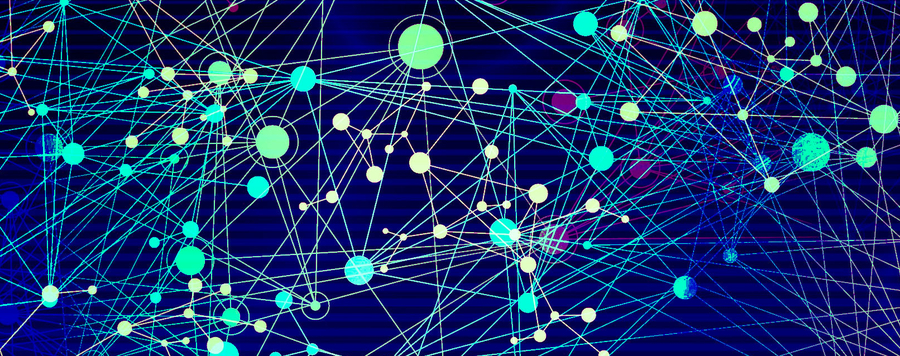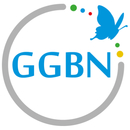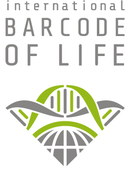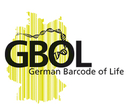
Networks with ZFMK participation
Consortium of European Taxonomic Facilities (CETAF)
The Consortium of European Taxonomic Facilities was founded in 1996 as a European network of natural science museums, natural history museums, botanical gardens and biodiversity research centres with their associated biological collections and research expertise. Currently, the CETAF network comprises 34 members representing 60 of the largest taxonomic institutions from 21 European countries.
Collectively, the CETAF network represents an unprecedented resource for scientific research across the globe. Member institutions are dedicated to the preservation of the rich natural heritage by collection-based taxonomic research, education and public outreach. CETAF aims at exploring and documenting diversity in nature with the major objectives to enable the formation of partnerships to facilitate access to European collections for scientific research, to jointly benefit from European funding opportunities, and to give taxonomy and systematic biology in Europe a voice.
Distributed System of Scientific Collections (DiSSCo)
Building on CETAF, the European network of collections-based natural science institutions, 21 European countries launched DiSSCo as a new pan-European research infrastructure initiative. The 114 organizations currently participating in DiSSCo pursue a common vision to position European natural history collections at the center of scientific excellence and innovation in environmental and climate change research, food security, one health and bioeconomy.
DiSSCo aims at transforming a fragmented landscape into a coherent and responsive research infrastructure to enable mobilization, unification and delivery of bio- and geo-diversity information at the scale, form and precision required by scientific communities. Primary objectives are to improve multi-model access to European collections and make curation more efficient, to build capacity in digitization and bring scientific collections into the information age, to promote the use of collection data to tackle complex scientific challenges, to develop and implement targeted joint research agendas, as well as to engage with the society more strongly and on various levels.
Synthesys of Systematic Resources (SYNTHESYS+)
SYNTHESYS+ is the most important research network of European natural history museums. The 21 partners offer scientific exchange and collaboration, with access to a total of more that 390 million objects and substantial research infrastructure.
The EU-SYNTHESYS+ project funds access of international scientist (emphasis EU) to the sientific collections and research infrastructure of ZFMK. Supported are visits of several weeks. This includes both, access to the scientific collections, and research infrastructure such as the labs for morphology and molecular research. The actual call is open, and ends April 12th.
Deutsche Naturwissenschaftliche Forschungssammlungen e.V. (DNFS)
The major German natural history museums joined forces in 2007 and founded the registered association of German Scientific Research Collections (Deutsche Naturwissenschaftliche Forschungssammlungen e.V. – DNFS). More than 10 parties with integrated natural history collections and exhibitions provide outstanding taxonomic competencies, round about 140 million of collection objects, and cutting-edge facilities that lay the basis for globally unique scientific infrastructures and excellent biodiversity research.
The DNFS members aim at contributing their competencies and resources to preserve biodiversity and associated ecosystem services. Main objectives are top-level natural history research, collection development, as well as education and public outreach. For any research and collection issues at the national and international level, the DNFS acts as a primary contact for policy makers, the general public and other research institutions.
Leibniz-Forschungsverbund Biodiversität (LVB)
Leibniz Research Alliance on Biodiversity (Leibniz-Verbund Biodiversität – LVB) founded in 2012 pools competencies and resources of 20 institutes of the Leibniz-Association in order to develop solutions for the conservation and sustainable use of biodiversity through interdisciplinary reseach.
The LVB aims at contributing to the implementation of agreements on biodiversity by providing policy makers with scientific knowledge. In addition, the LVB supports citizen science initiatives that promote public engagement in biodiversity research and raise awareness for the value of biological diversity as well as for our responsibility to preserve it.
Global Genome Biodiversity Network (GGBN)
The Global Genome Biodiversity Network (GGBN) is an international network of biodiversity repositories that was founded by institutions across Africa, Australia, Europe, and the Americas. Since the Network’s conception in 2011, GGBN has grown to include 59 biobanks from 24 countries, as well as a wealth of biodiversity data contributed to the GGBN Data Portal by 17 member institutions (with additional 27 member institutions working towards this goal).
GGBN provides a platform for biodiversity biobanks from across the world with the primary objective to promote the long-term preservation of genomic samples representing the biological diversity on Earth. GGBN aims at ensuring consistent quality standards for DNA collections, at improving best practices for the preservation and use of such collections, and at harmonizing exchange and use of material in accordance with national and international legislation and conventions.
International Barcode of Life Project (iBOL)
The International Barcode of Life Project (iBOL) was officially started in 2010 and represents the largest biodiversity genomics initiative ever undertaken to create a digital identification system for life on earth. Round about 30 countries participate in iBOL as nodes of the project and establish national or regional networks of leading researchers and affiliated key organizations that engage in DNA barcoding or support iBOL financially or otherwise.
In order to facilitate species identification and discovery, iBOL works on cataloguing life by DNA barcodes - very short genetic sequence from a standard part of the genome DNA. Barcoding represents a modern tool that helps taxonomists with hard-to-identify specimens and an innovative device for non-experts who need to make a quick identification (i.e. to control for illegal imports of animals and animal products).
German Barcode of Life (GBOL)
With its strong tradition of major global-scale collections and taxonomic research, Germany established as a European core nation in the support of iBOL. The inventories and genetic barcoding of all animals, plants and fungi in Germany is being accomplished in the project German Barcode of Life (GBOL).
GBOL is a national network of almost 30 natural history museums and research institutions that is coordinated by the Museum Koenig with Prof. Wolfgang Wägele as the first spokesman.











